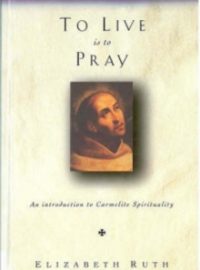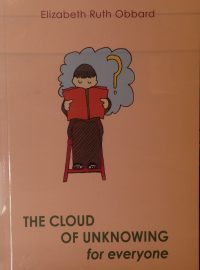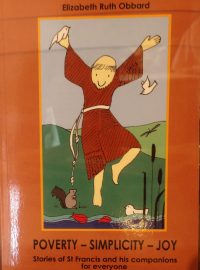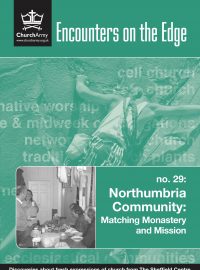-


To Live is To Pray: an introduction to Carmelite spirituality
Scripture & Prayer, Traditional MonasticismCarmelite spirituality is a way of life that spells Freedom. Rooted in the experience of the desert mothers and fathers who sought God in solitude, it can accommodate many temperaments and approaches. The primary focus is on Finding the way of prayer that will bring you closest to God. This warm and engaging book introduces six great Carmelite Figures and their individual ways of prayer. Let Teresa of Avila, St John of the Cross, Brother Lawrence, Therese of Lisieux and others help you discover the pathway to authentic spiritual growth.£8.99 -


The Cloud of Unknowing for Everyone
Saints & Mystics, Spiritual ExercisesIn this adaptation of a classic 'how to' book of contemplative prayer, beautifully and simply expressed and illustrated, the riches of contemplative prayer are made available to all. Those who find this way of praying natural for them and those who wish to discover hitherto unknown facets of the beauty of prayer can alike find in it real spiritual nourishment.£5.95 -
New


Travelling Inwards: St Teresa’s Interior Castle for Everyone
Saints & MysticsThe Interior Castle, also known as the Book of Mansions, is considered Teresa of Avila's greatest and most mature explanation of the spiritual journey. For Teresa, growing spiritually is traveling inwards to the centre of our being where God dwells, yet too few set out with resolution to reach the Divine Presence. The Interior Castle treats of the spiritual journey in a totally original way. Here Teresa is not theorizing from books; instead she writes and speaks from personal experience and close observation of others. The book, in fact, was written with her nuns in mind, who were neither theologians nor particularly well educated, some indeed were illiterate. In those days there was little teaching available for women, and the manuscript was initially intended for reading aloud in community. As always Teresa stresses that prayer and life are interlinked, and that writing about prayer must have its parallel influence on daily life: 'We pray as we live and live as we pray.' God and neighbour, for Teresa, are inseparable, and she sees the spiritual journey as one of friendship with God and with those we live with. It means standing and living in the truth, whether in prayer or in life. This, she stresses, is the way to maturity and true inner peace.£5.95 -


Poverty – Simplicity – Joy: Stories of St Francis and his Companions for Everyone
Saints & Mystics, Spiritual ExercisesOccasionally in the Church some spirit is raised up who proves to have a universal significance that endures through the ages. Such a one was Francis of Assisi, whose life continues to inspire countless thousands of Christians, and even people of other faiths and none. When the present pope chose the name Francis, the Church thrilled with a sense of something new, radical, focused on Jesus and the poor. The name Francis alone symbolizes a way of life that challenges and offers hope. It returns us to the basic message of Christianity, the love that is ever ancient, ever new, and demands a response on our part. Francis was born in 1182. It was the era of the crusades, which heralded enormous changes in the Christian West. During his lifetime Francis himself was to go to the East, not as a fighting Crusader, but as one who wanted to bring peace through dialogue and understanding. It was also a new era of lay holiness. There was a reaction to the wealth of the Church and its distance from the ordinary person. People flocked to the growing cities, but for most it was a life of misery and squalor. They were uprooted from the land they had lived on for years, and there was little provision in urban areas for their spiritual welfare or material well-being.£5.95
- CartCart2
- 2 items in the cartTotal£19.99


